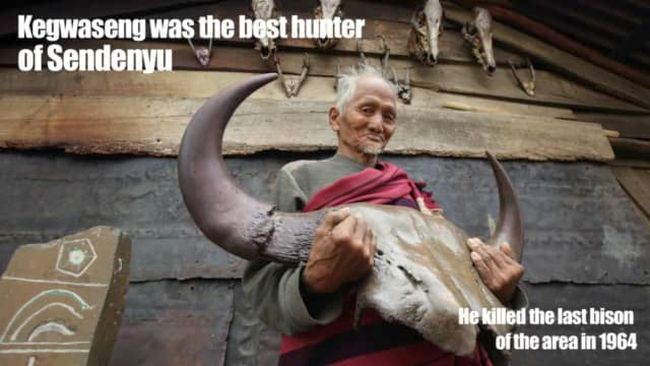Earlier this month, ‘Nagaland is changing. But…’ was awarded the Golden Beaver Award at this year’s 6th National Science Film Festival held in Mumbai. The film, produced by Nagaland State Forest Department in technical collaboration with TERI, New Delhi, was directed by Gurmeet Sapal.
The film documents the Community Conserved Areas in Sendenyu village under Tseminyu and Sukhai village in Zunheboto. The two villages have been conserving the forest on their private land for the past 15 years. No one is allowed to enter the community forest. There is a strict ban on hunting, fishing, logging and collection of minor forest produce like honey and medicinal plants etc. The village court fines anyone who is caught breaking the law in Sendenyu.
The result: Sendenyu Community Biodiversity Reserve is now teeming with wildlife. The animals that were once considered extinct in the area are being sighted again, the release said. The birds that were always weary of human beings because of the rampant hunting can be seen flocking the reserve. Large flowering trees, which were once cut even before they could reach a flowering age, are blooming, it added.
But, there are challenges. This reserve was formed on the land that was donated by the private owners. Like the rest of North East India, agriculture is the main source of income in Nagaland. The felling of trees in the private land for the timber constitutes a major portion of any Naga family’s livelihood. After restraining themselves for 15 long years, some families now want to exploit the timber from their part of land in the biodiversity reserve.
How can the livelihood of these Naga families be ensured? Can schemes like REDD+ and Carbon Credits support them? Can international organizations and the government help Sendenyu save its forest?
The film portrays the beginning of a huge change in the lifestyle of the Naga people. People that were once hunters are now turning into conservationists. (With inputs from Morung Express)
